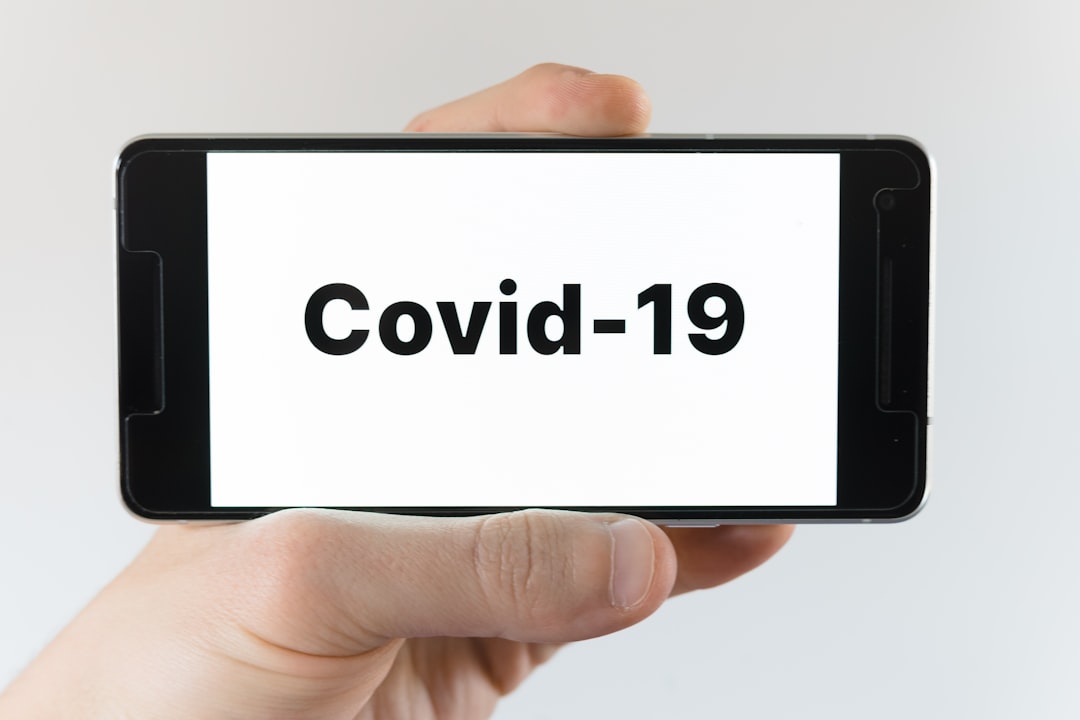Understanding COVID-19: A Comprehensive Overview
Introduction
The coronavirus disease 2019 (COVID-19) is a highly infectious respiratory illness caused by the severe acute respiratory syndrome coronavirus 2 (SARS-CoV-2). Emerging in late 2019 in Wuhan, China, COVID-19 rapidly escalated into a global pandemic, affecting billions worldwide and altering the landscape of public health, economics, and daily life.
Origins and Spread
Timeline of Major Events
| Date | Event |
|---|---|
| Dec 2019 | First cases reported in Wuhan, China |
| Jan 2020 | WHO declares outbreak a "Public Health Emergency" |
| Mar 2020 | WHO declares COVID-19 a global pandemic |
| End 2020 | Vaccines begin rolling out globally |
| 2021 | Emergence of Delta variant |
| Late 2021 | Emergence of Omicron variant |
| 2022-2024 | Ongoing monitoring of new variants, vaccination |
Transmission
COVID-19 primarily spreads through respiratory droplets when an infected person coughs, sneezes, talks, or breathes. The virus can also spread through aerosols and, less commonly, via contaminated surfaces.
Modes of Transmission
- Direct Contact: Touching or being in close proximity with an infected individual.
- Airborne Transmission: Inhaling aerosols or droplets in poorly ventilated spaces.
- Fomite Transmission: Touching surfaces contaminated with the virus, then touching the face.
Symptoms and Severity
COVID-19 symptoms can range from none (asymptomatic) to severe, and even fatal. Incubation period is generally 2-14 days post-exposure.
Common Symptoms
| Symptom | Prevalence (%) |
|---|---|
| Fever | 88% |
| Dry cough | 68% |
| Fatigue | 38% |
| Loss of taste/smell | 33% |
| Shortness of breath | 19% |
| Muscle aches | 15% |
(Percentages are approximate and vary by population and variant.)
Severity Categories
- Mild: Mild symptoms, no pneumonia. (80% of cases)
- Severe: Dyspnea, hypoxia, >50% lung involvement. (15% of cases)
- Critical: Respiratory failure, shock, organ dysfunction. (5% of cases)
High-Risk Groups
Certain populations face an increased risk of severe illness:
- Elderly (65+)
- People with comorbidities: diabetes, heart disease, lung disease, obesity, cancer
- Immunocompromised individuals
Diagnosis and Testing
Types of Tests
| Test Type | Method | Detection Window |
|---|---|---|
| PCR (Molecular) | Swab (nasal/throat) | Detects viral RNA |
| Antigen test | Swab | Detects viral proteins |
| Antibody (serology) | Blood sample | Detects past infection |
PCR tests remain the gold standard owing to higher sensitivity and specificity.
Prevention
Preventive Measures
- Vaccination
- Wearing masks (especially indoors)
- Hand hygiene
- Social distancing
- Good ventilation
- Isolating when symptomatic or exposed
Vaccine Development and Rollout
The development of COVID-19 vaccines is considered unprecedented in speed—multiple vaccines received emergency use authorization less than a year after the virus was identified.
COVID-19 Vaccines (By Platform)
| Platform | Example(s) | Mechanism | Doses |
|---|---|---|---|
| mRNA | Pfizer, Moderna | Encodes spike protein | 2 (+boosters) |
| Viral Vector | AstraZeneca, J&J | Non-replicating virus | 1-2 |
| Inactivated Virus | Sinovac, Sinopharm | Whole inactivated virus | 2 |
| Protein Subunit | Novavax | Protein fragments | 2 |
Treatments
The management of COVID-19 has improved due to research and clinical experience.
Approved Treatments
| Treatment | Indication | Mode |
|---|---|---|
| Remdesivir | Hospitalized patients | Antiviral |
| Dexamethasone | Severe cases | Anti-inflammatory |
| Paxlovid (nirmatrelvir/ritonavir) | High-risk, early | Antiviral |
| Monoclonal antibodies | Mild/moderate + high risk | Antibody therapy |
| Supportive care | All severities | Oxygen, fluids |
Antibiotics are ineffective unless bacterial superinfection is present.
Variants of Concern
The mutation of SARS-CoV-2 has resulted in several variants with changes in transmissibility and immune evasion.
Main Variants
| Variant | First Detected | Key Features |
|---|---|---|
| Alpha | UK, Sept 2020 | More transmissible |
| Beta | South Africa | Some immune evasion |
| Delta | India, Oct 2020 | Highly transmissible, severe |
| Omicron | South Africa, Nov 2021 | Highly contagious, less severe on average, many mutations |
Continuous monitoring is essential to detect emerging variants.
Societal Impact
COVID-19 has had profound effects in nearly every aspect of life:
- Healthcare: Overwhelmed hospitals, disrupted routine care.
- Economy: Global recession, job losses, supply chain disruptions.
- Education: School closures, shift to online learning.
- Mental Health: Rise in anxiety, depression, and stress-related disorders.
Moving Forward: Endemicity and Future Prospects
By 2024, many countries have shifted toward living with COVID-19 as an endemic illness, with continuous adjustments to strategies in testing, vaccination, and treatment. Long-term effects, called "long COVID," remain a significant concern.
Key Ongoing Challenges
- Ensuring equitable access to vaccines and treatment globally
- Ongoing surveillance and rapid response to new variants
- Research into long-term complications and treatments
- Balancing pandemic preparedness with normal societal function
Conclusion
COVID-19 has been one of the most significant global health challenges of the century. Scientific advances in virology, immunology, and public health have helped mitigate much of the initial impact, but vigilance, adaptation, and global cooperation remain vital as society navigates life alongside SARS-CoV-2.
Further Reading
- World Health Organization: COVID-19 pandemic
- U.S. CDC: About COVID-19
- Johns Hopkins University Coronavirus Resource Center: COVID-19 Dashboard
This article aims to provide a broad, informative overview. For specific medical guidance, please consult local health authorities or a healthcare professional.
